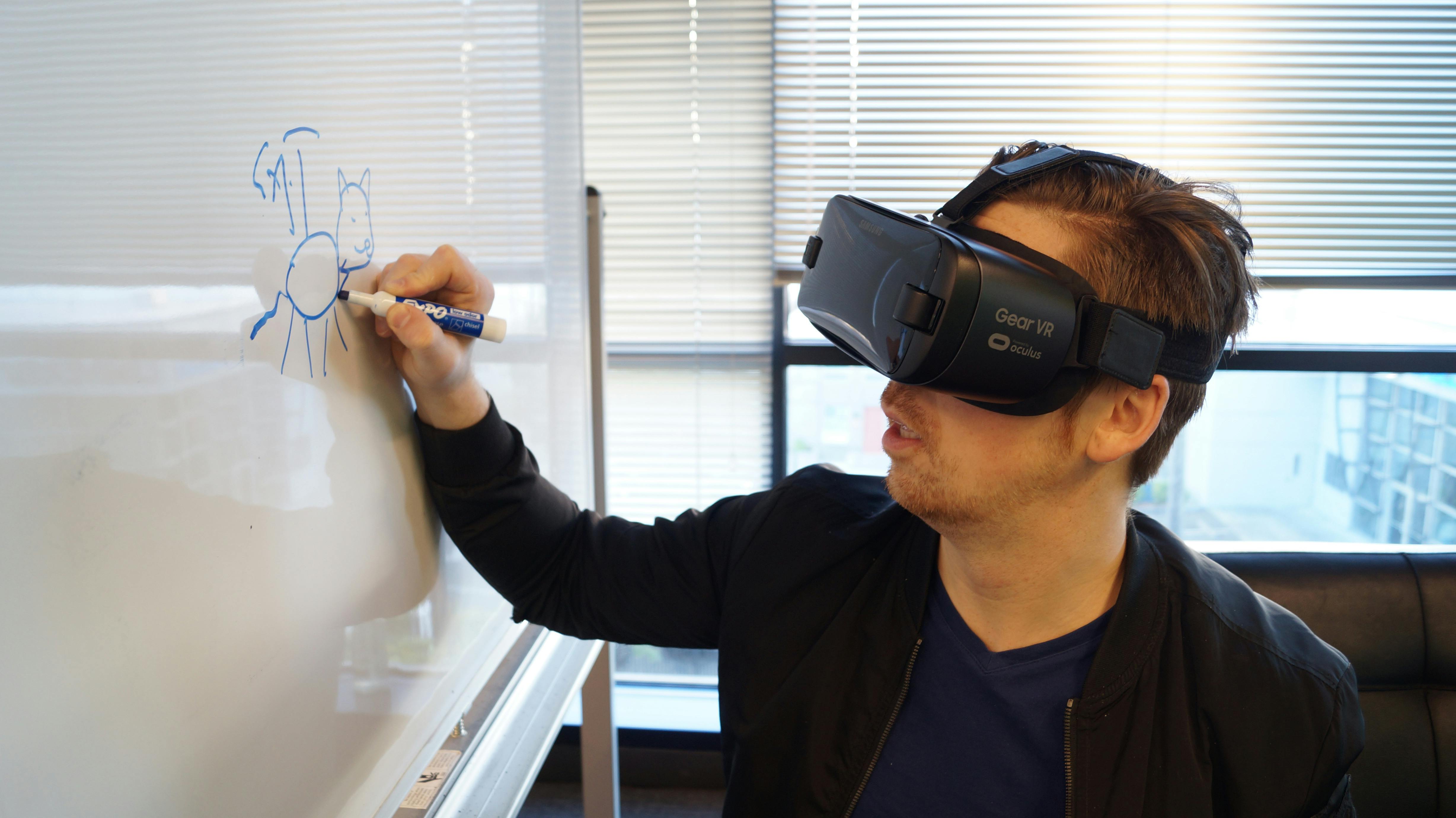The Rise of Virtual Reality: Transforming Entertainment, Education, and Beyond
The Rise of Virtual Reality: Transforming Entertainment, Education, and Beyond
The Rise of Virtual Reality: Transforming Entertainment, Education, and Beyond
Introduction:
Virtual Reality (VR) has emerged as a revolutionary technology, offering immersive experiences that blur the lines between the physical and digital worlds. In this captivating article, we will delve into the world of VR, exploring its applications across entertainment, education, healthcare, and beyond, and examining its transformative potential in shaping the future.
Section 1: The Evolution of Virtual Reality:
- A brief history of VR technology, from early experiments to modern-day advancements.
- Key milestones in the development of VR hardware, software, and content.
- The transition from bulky, expensive VR systems to affordable, consumer-friendly devices.
Section 2: VR in Entertainment:
- Immersive storytelling: The use of VR in film, gaming, and interactive experiences.
- Virtual tourism: Exploring exotic locations and historical sites from the comfort of home.
- Live events and concerts: Bringing fans closer to their favorite artists and performers through VR experiences.
Section 3: VR in Education and Training:
- Virtual classrooms: Enhancing learning experiences with immersive simulations and interactive lessons.
- Professional training: Using VR for hands-on practice in fields such as medicine, aviation, and manufacturing.
- Cultural heritage preservation: Digitizing artifacts and historical sites for educational purposes.
Section 4: VR in Healthcare and Therapy:
- Pain management: Using VR distraction techniques to alleviate discomfort during medical procedures.
- Rehabilitation and physical therapy: Virtual environments for motor skill development and recovery.
- Exposure therapy: Treating phobias, anxiety disorders, and PTSD through controlled VR simulations.
Section 5: VR in Science and Exploration:
- Space exploration: Simulating space missions and planetary environments for astronaut training.
- Archaeology and anthropology: Using VR to reconstruct ancient civilizations and study archaeological sites.
- Environmental conservation: Raising awareness about environmental issues through immersive VR experiences.
Section 6: The Future of Virtual Reality:
- Emerging technologies and trends shaping the future of VR, such as augmented reality (AR) and mixed reality (MR).
- Social implications of widespread VR adoption: Privacy concerns, digital divide, and societal impact.
- Speculations on the next frontier of VR innovation and its potential to revolutionize human experiences.
Conclusion:
As virtual reality continues to evolve and expand its reach, it offers boundless possibilities for entertainment, education, healthcare, and beyond. By harnessing the immersive power of VR, we can unlock new avenues for creativity, exploration, and human connection, shaping a future where the boundaries between reality and imagination blur seamlessly.


تعليقات
إرسال تعليق